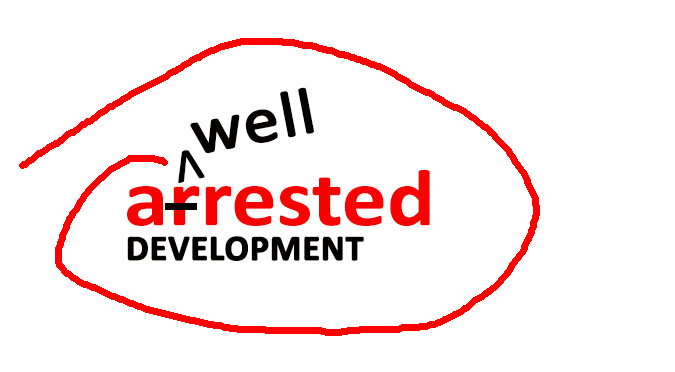“Arrest.” “A rest.”
When it comes to their strength training programs, some folks hold both of these terms in the same negative light, preferring neither to be whisked away in handcuffs for curling in the squat rack (it’s a real thing!), nor take more than a hummingbird-esque :15 rest period. (The time it takes for a sip of water and a selfie, no doubt).
Whilst my B-type personality trait has always informed me rather intuitively that breaks were something to embrace rather than fear, research into the human metabolic pathway confirms this very suspicion. Our bodies rely exclusively on ATP (adenosinetriphosphate) for the energy required to make any movement happen—and this stuff is in pretty short supply. What’s more, full replenishment of this critically-needed fuel routinely takes about 3 minutes. That means if we fire off after a quick: 30 “Twitter time out” and try to rip another set of monster rows, then we are missing a significant part of the juice needed to lift heavy enough for maximum muscle growth.
ATP, FYI
ATP-CP (or ATP-PC, depending on where one was educated) is the primary “energy” pathway of note for those attempting to put on solid muscle mass, and relies on energy gained from the breakdown of immediately available ATP stores within the muscles. Once the ATP-CP metabolic process in initiated, our bodies then tap into creatine phosphate (the “CP” of ATP-CP) for the energy and materials needed to make more ATP. It’s a rapid fire, cyclical process, that gives us approximately :10-:15 seconds of peak power output and takes around 3 minutes to return to “resting” levels.
Training this energy pathway involves selecting exercises that feature :10-:15 seconds of maximum work/power/activity level and honoring the ATP “refuel time,” which means breaks of 2-3 minutes.
For example:
- Sprinting as quickly as you can for 50-100 meters (depends how fast you are…it’s more about time, not distance. Usain Bolt will get a little farther in :10 than will Seth Rogan).
- Ball Slams for 2-3 reps, throwing the ball with beastly force.
- Pushing away two peace-flower offering Hare Krishna’s in an airport. (Smirk if you want to—exercise always has practical application. And there is always an occasion for Zucker Brothers film references, too).
It’s pretty easy to determine if you are still working the right energy pathway when training ATP-CP, also, since most evolutions involve short times (:10-:15 seconds) and low reps (2-3). More important than the two factors of time and rep number, however, is the personally subjective feeling of fatigue. That means if we are bench pressing for maximum power, have completed 2 reps, and are absolutely dusted, then it’s best to stop and rack the weight before we stop training in the ATP-CP metabolic pathway and move into one of the other methods. (There is nothing wrong with training the other two pathways; in fact we should do so on a rotating basis, it just happens that ATP-CP is the one we’re relying on currently for muscle growth and power).
Hopefully, an increased understanding the ATP-CP pathway and its role in muscle growth should help simplify exercise programming by eliminating the need for tons of variables. Simply using the basic outline of :10-:15 seconds, 2-3 reps and long rest periods of 2-3 minutes will allow just about anyone to increase their strength/power and add solid, lean muscle.
So, the next time someone says “a rest” in the gym, don’t immediately start sprinting for the door—you’ll be training the wrong metabolic pathway!


